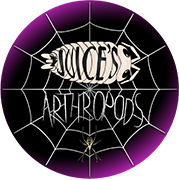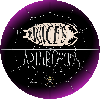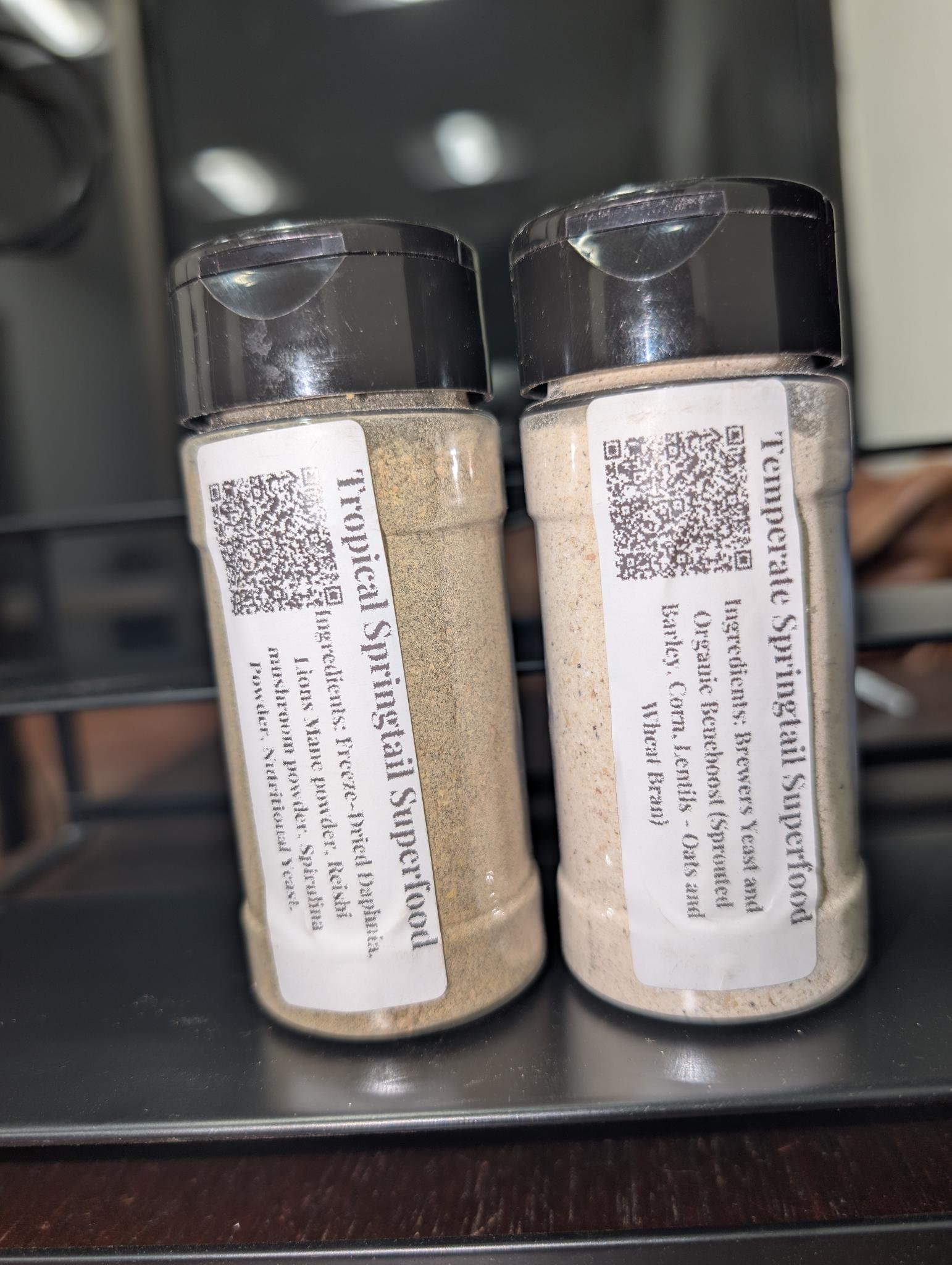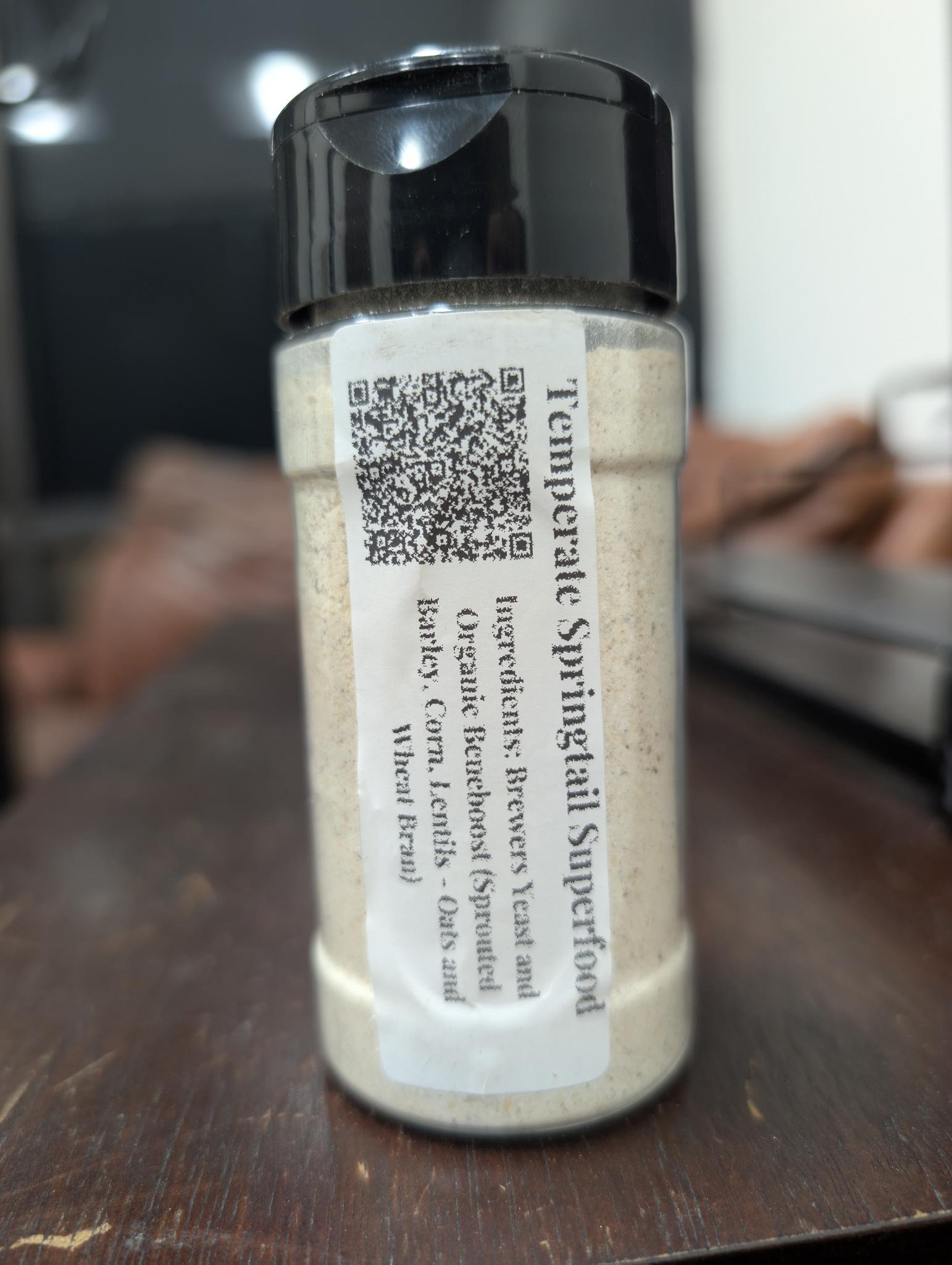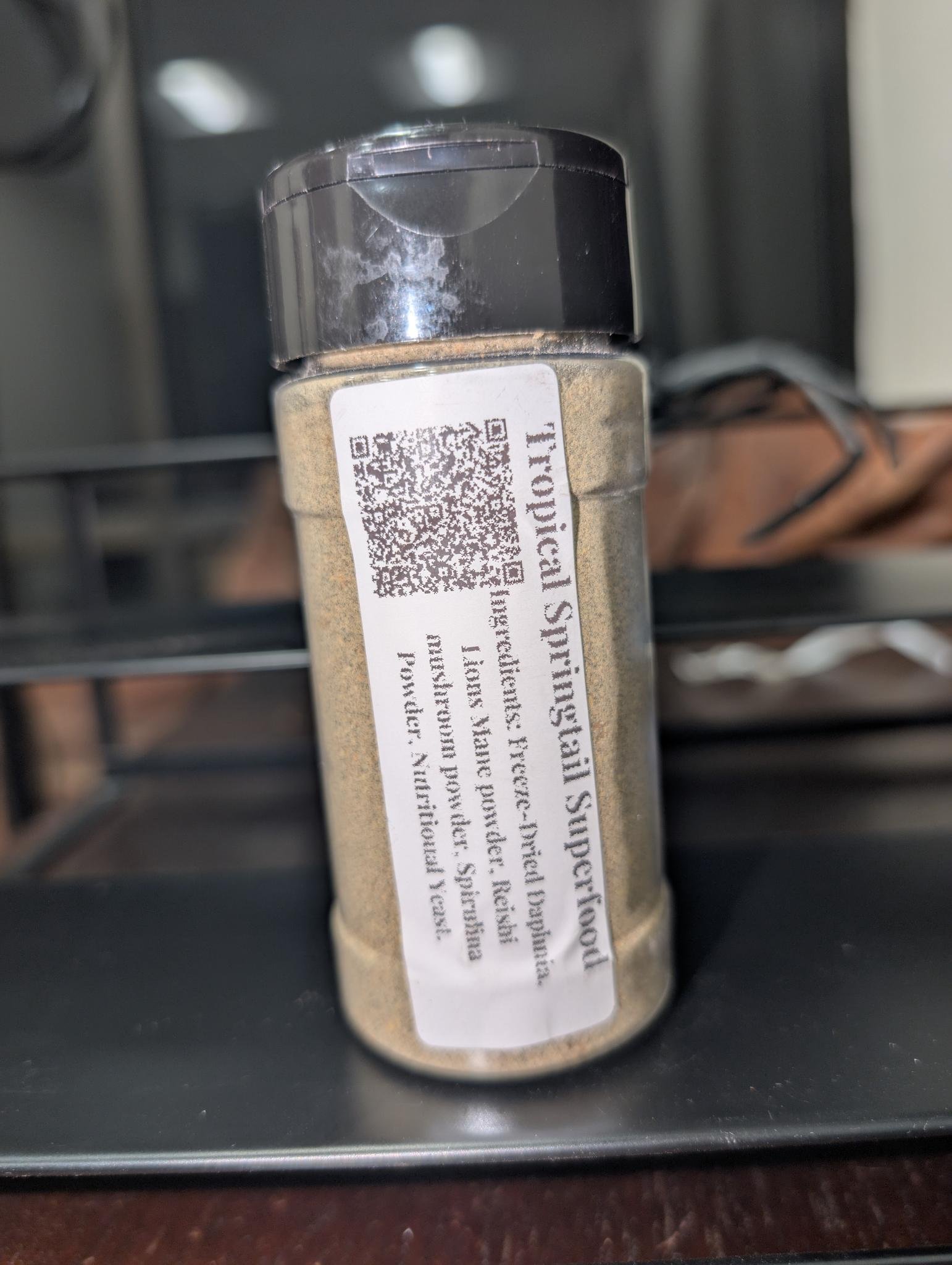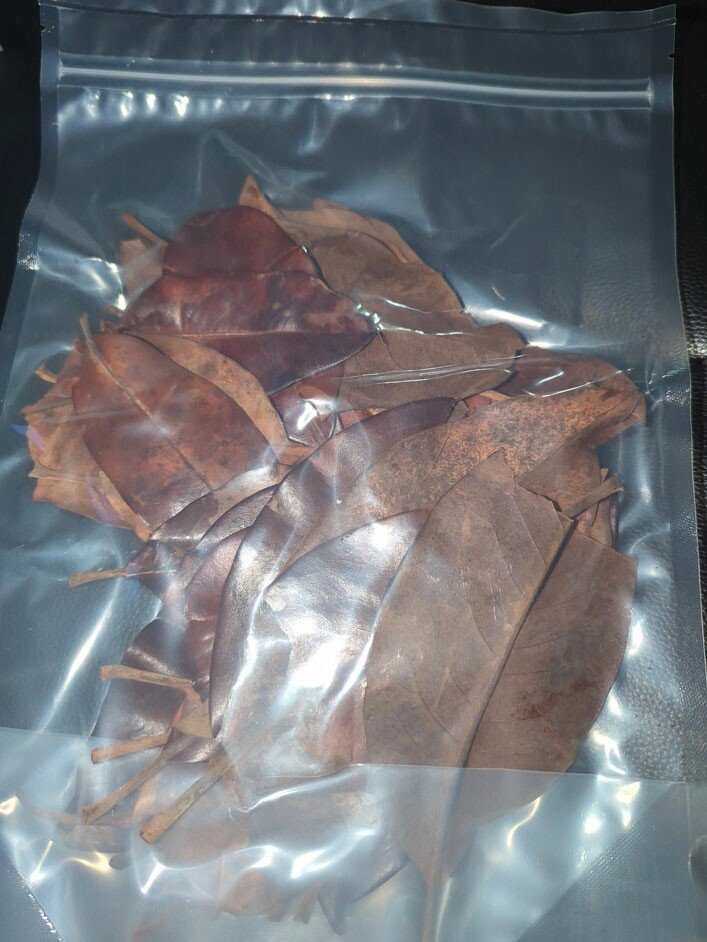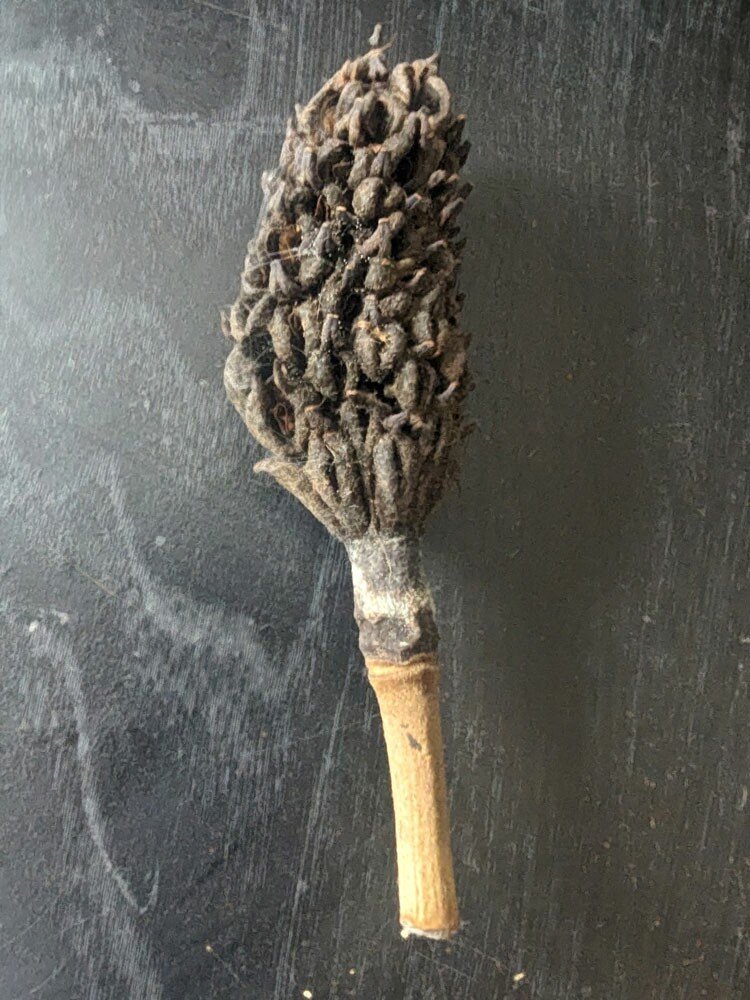Yuukianura aphoruroides
25+ Count
Yuukianura aphoruroides, or "Orange Springtails", is a striking and colorful springtail species known for its vivid orange coloration and compact, rounded body. Belonging to the family Neanuridae, this species stands out visually and behaviorally among microfauna, making it a popular choice for enthusiasts building unique or display-focused bioactive systems.
The Orange Springtail is a slow-moving detritivore that feeds on decaying plant matter, fungal hyphae, and microbial growth. It plays a critical role in decomposition and nutrient cycling. Like other members of the Neanuridae family, it lacks the furcula (the springing organ), which makes it non-jumping—a unique trait that helps it stay close to food sources in the soil layer.
This species thrives in cool to moderate temperatures between 65–75°F, with high humidity levels of 85–95%, and prefers a dark, moist environment. It does best in a rich, soil-based substrate, specifically bioactive soil blends that can offer the perfect foundation, balancing organic content, microbial life, and moisture retention. Due to its sensitivity to light and need for moisture, enclosures should be kept shaded or low-light, replicating the conditions found in deep leaf litter or under logs.
Because of its color, ease of observation, and slow pace, Yuukianura aphoruroides is a favorite for display terrariums and an excellent option for bioactive cleanup crews alongside slower isopods or other springtail species with similar environmental needs.
25+ Count
Yuukianura aphoruroides, or "Orange Springtails", is a striking and colorful springtail species known for its vivid orange coloration and compact, rounded body. Belonging to the family Neanuridae, this species stands out visually and behaviorally among microfauna, making it a popular choice for enthusiasts building unique or display-focused bioactive systems.
The Orange Springtail is a slow-moving detritivore that feeds on decaying plant matter, fungal hyphae, and microbial growth. It plays a critical role in decomposition and nutrient cycling. Like other members of the Neanuridae family, it lacks the furcula (the springing organ), which makes it non-jumping—a unique trait that helps it stay close to food sources in the soil layer.
This species thrives in cool to moderate temperatures between 65–75°F, with high humidity levels of 85–95%, and prefers a dark, moist environment. It does best in a rich, soil-based substrate, specifically bioactive soil blends that can offer the perfect foundation, balancing organic content, microbial life, and moisture retention. Due to its sensitivity to light and need for moisture, enclosures should be kept shaded or low-light, replicating the conditions found in deep leaf litter or under logs.
Because of its color, ease of observation, and slow pace, Yuukianura aphoruroides is a favorite for display terrariums and an excellent option for bioactive cleanup crews alongside slower isopods or other springtail species with similar environmental needs.
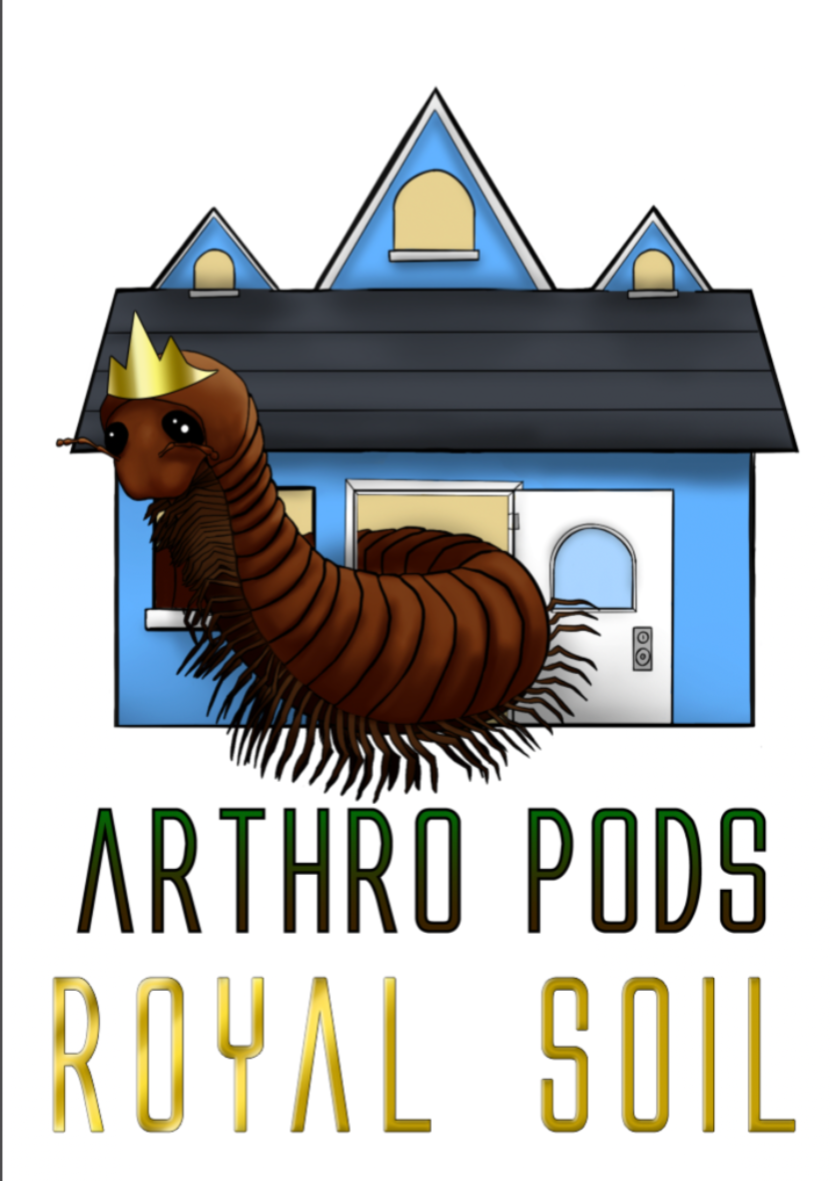
25+ Count
Yuukianura aphoruroides, or "Orange Springtails", is a striking and colorful springtail species known for its vivid orange coloration and compact, rounded body. Belonging to the family Neanuridae, this species stands out visually and behaviorally among microfauna, making it a popular choice for enthusiasts building unique or display-focused bioactive systems.
The Orange Springtail is a slow-moving detritivore that feeds on decaying plant matter, fungal hyphae, and microbial growth. It plays a critical role in decomposition and nutrient cycling. Like other members of the Neanuridae family, it lacks the furcula (the springing organ), which makes it non-jumping—a unique trait that helps it stay close to food sources in the soil layer.
This species thrives in cool to moderate temperatures between 65–75°F, with high humidity levels of 85–95%, and prefers a dark, moist environment. It does best in a rich, soil-based substrate, specifically bioactive soil blends that can offer the perfect foundation, balancing organic content, microbial life, and moisture retention. Due to its sensitivity to light and need for moisture, enclosures should be kept shaded or low-light, replicating the conditions found in deep leaf litter or under logs.
Because of its color, ease of observation, and slow pace, Yuukianura aphoruroides is a favorite for display terrariums and an excellent option for bioactive cleanup crews alongside slower isopods or other springtail species with similar environmental needs.
What's the ideal diet for Orange Springtails?
This species plays a crucial role as a detritivore, feeding on decomposing organic matter, fungi, and microbial films. This process supports nutrient cycling and contributes to the overall health of soil ecosystems. In captive environments, it is highly valued as part of a bioactive cleanup crew, helping to manage waste and mold buildup. They should be housed in your Royal Soil Blend, a rich and well-balanced substrate specifically formulated to support detritivores, retain moisture, and promote microbial activity for optimal results. For additional food, we highly recommend you check out our Springtail Superfood (designed for tropical and temperate environments) for a long-lasting food supplement that will keep your springtails thriving!
What is the benefit of Orange Springtails in my enclosure?
The benefit of having a thriving colony of springtails within a bioactive enclosure is their ability to naturally manage waste by consuming decaying organic matter, mold, shed skin, and uneaten food. This reduces the buildup of harmful substances, minimizes odors, and limits the growth of pathogens, resulting in a cleaner and more stable environment for invertebrates or reptiles.
In addition to their role as decomposers, springtails contribute to substrate health by promoting aeration and supporting beneficial microbial activity. This enhances plant growth in planted setups and helps maintain a balanced micro-ecosystem, reducing maintenance and creating a more natural, self-sustaining habitat.
What foods will help promote growth with the Orange Springtails?
Tropical Springtail Food is a hand-crafted, nutrient-dense blend specifically designed to support the dietary needs of tropical springtail species. This premium formulation provides essential protein and micronutrients that enhance growth, reproduction, and colony health in high-humidity, bioactive environments.
Developed with input from real-world culturing practices, this mix is the go-to diet for:
Red Springtails (Lobella sp.)
Florida Orange Springtails (Neanura growae sp.)
Orange Springtails (Yuukianura aphoruroides)
Giant Silver Bullet Springtails (Pogonognathellus dubius)
Globular Cave Springtails (Arrhopalites caecus)
Quicksilver Springtails (Tomocerus vulgaris)
Each serving delivers a robust nutritional profile from a blend of Freeze-Dried Daphnia, Lion’s Mane Extract, Reishi Extract, Spirulina Powder, and Nutritional Yeast. These ingredients offer high-quality proteins, immune-boosting polysaccharides, and microbial growth factors—essential for maintaining thriving tropical microfauna cultures.
This formula is ideal for bioactive terrariums, springtail breeding setups, and microfauna starter cultures, especially for species that prefer warmer, more humid conditions.
For springtail species adapted to cooler or temperate environments, consider the complementary Temperate Springtail Superfood, recommended for:
White Springtails (Folsomia candida)
Blue Podura Springtails (Proisotoma minuta)
Bylas Ant Springtails (Pseudosinella violenta)
Pearlescent Springtails (Lepidocyrtus sp.)
Albino Springtails (Ceratophysella sp. ‘Albino’)
Lilac Springtails (Ceratophysella sp. ‘Lilac’)
